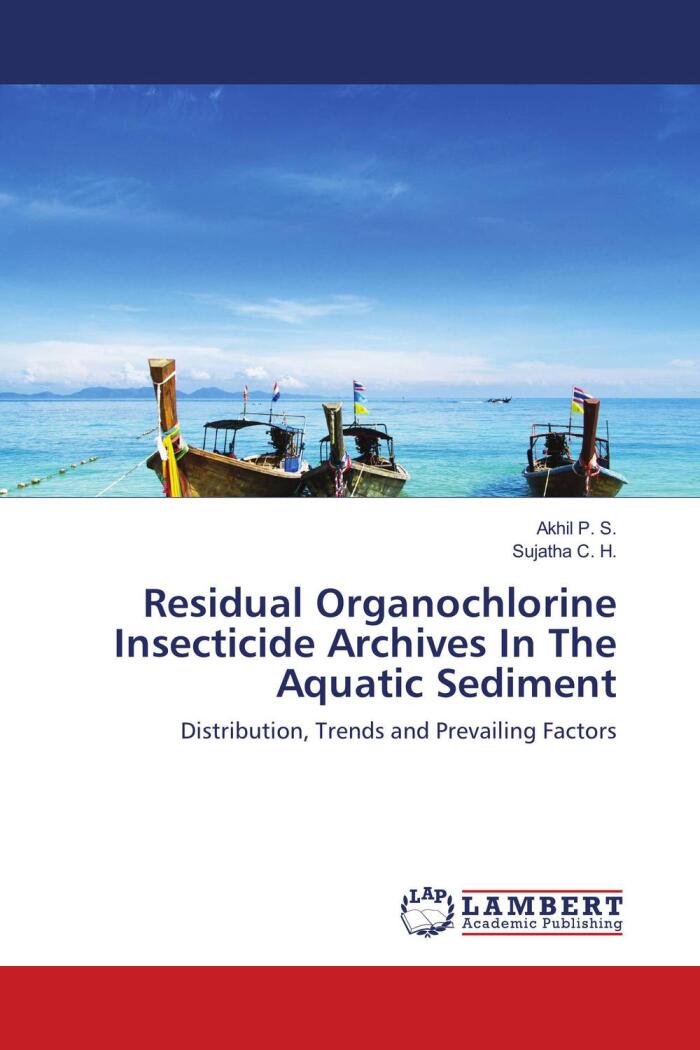
Residual Organochlorine Insecticide Archives In The Aquatic Sediment: Distribution, Trends and Prevailing Factors
by
Akhil P. S.
No ratings yet
Health & Wellness
Format
Paperback
Pages
96
Language
English
Published
Jun 7, 2016
Publisher
LAP LAMBERT Academic Publishing
Edition
1
ISBN-10
3659899887
ISBN-13
9783659899881
Description
In a thorough exploration of persistent organic pollutants, this work delves into the challenges posed by residual organochlorine insecticides in aquatic sediment. The authors meticulously examine the distribution patterns of these toxic chemicals, highlighting their long-lasting presence in the environment and the implications for aquatic ecosystems. Through extensive research, they uncover trends that show how these pollutants have evolved over time, emphasizing the need for awareness and action.
The study does not merely focus on the lingering presence of these compounds; it also investigates the prevailing factors contributing to their persistence and accumulation in aquatic habitats. By analyzing various environmental and anthropogenic influences, the authors provide valuable insights into how human activities intersect with natural processes to exacerbate contamination levels.
Overall, this work serves as a critical resource for researchers and policymakers alike, shedding light on the urgent issue of environmental health and the need for sustainable practices to mitigate the impact of these harmful substances in our waterways.
The study does not merely focus on the lingering presence of these compounds; it also investigates the prevailing factors contributing to their persistence and accumulation in aquatic habitats. By analyzing various environmental and anthropogenic influences, the authors provide valuable insights into how human activities intersect with natural processes to exacerbate contamination levels.
Overall, this work serves as a critical resource for researchers and policymakers alike, shedding light on the urgent issue of environmental health and the need for sustainable practices to mitigate the impact of these harmful substances in our waterways.
Reviews
Reading Log
No reading logs found
Start tracking your reading progress to see logs here
Add Your First Reading LogNotes
Transaction Log
No transaction logs found
Start tracking your book transactions to see logs here
Add Your First Transaction Log